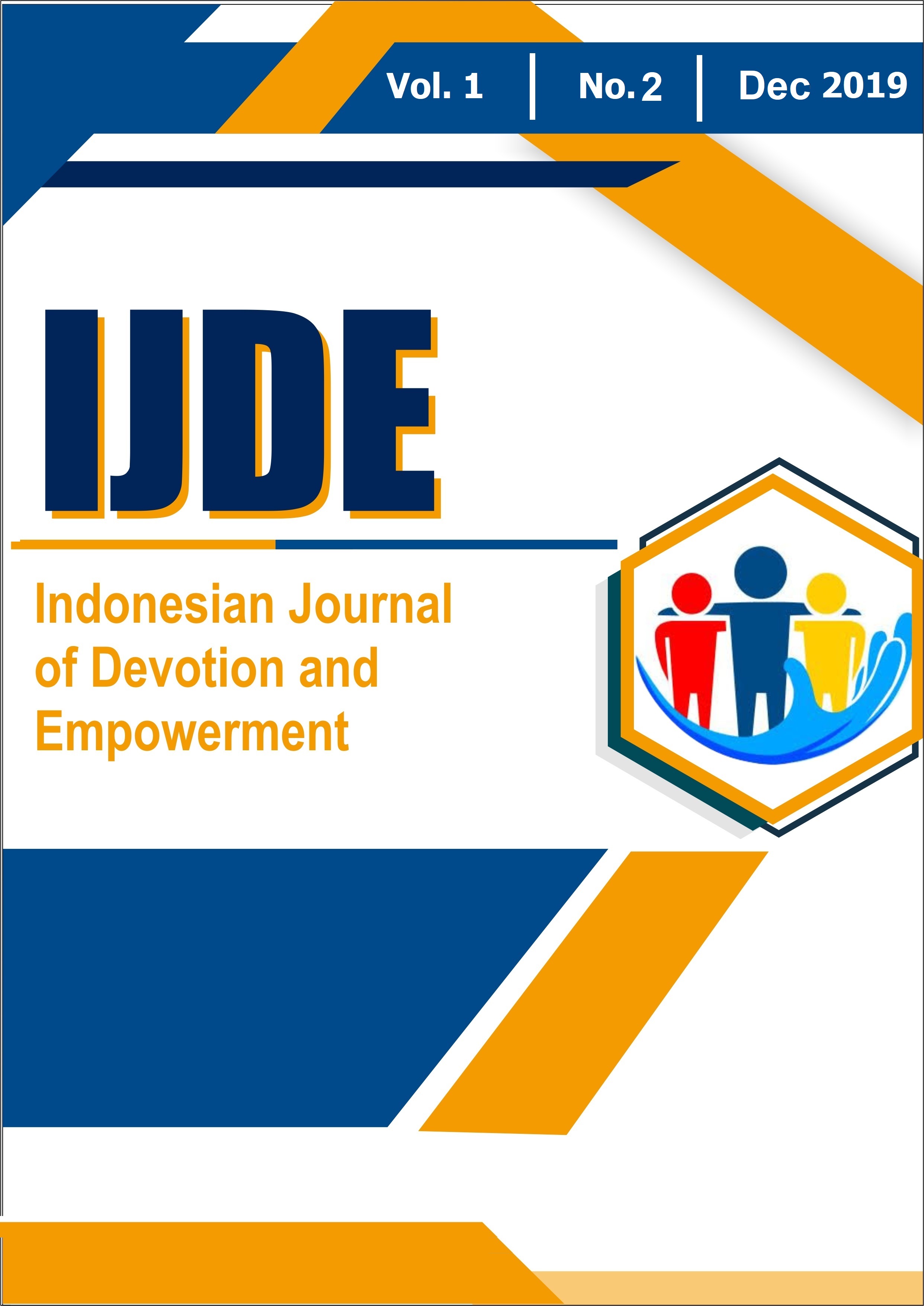USE OF ELECTRONIC AGENDA SYSTEM IN RECORDING OF INCOMING AND OUTGOING LETTERS TO SUPPORT E-GOVERNMENT
##plugins.themes.academic_pro.article.main##
Abstract
The existence of an electronig agenda system (E-Agenda) can facilitate the correspondence activities when employee does manually, it would take a long time, then the system can help to work faster and more efficiently. Each of the subdistricts in Gunungpati requires the recording of correspondence in an orderly, because during this time in the handling of incoming and outgoing letter is still logged manually by using the agenda book, so employees are still habing difficulties if there is unclear writing to be read on the agenda book. The existence of E-Agenda system can be utilized for each village in the exercise of their duties. Implementation of E-Agenda aims to improve the quality of public services effectively and efficiently with paperless and electronic government (e- government) for the development of information technology. Similar statements by presidential instruction Number 3 Year 2003 RI that the purpose of e-government development is to develop the organization governance based electronic in order to improve the quality of public services effectively. Method of the implementation of E-Agenda is using activities include socialization, training, and mentoring to each village for a week. The final of this activities is all of subdistricts in Gunungpati can use E-Agenda for their handling of letter.
##plugins.themes.academic_pro.article.details##
References
Dwiningrum, S.I.A. (2012). Ilmu sosial dan budaya dasar. Yogyakarta: UNY Press.
Dewi, Irra Chrisyanti dan Widdie Restu Mitayani. (2011). Mahir Korespondensi Indonesia. Jakarta: Prestasi Pustakaraya.
Instruksi Presiden RI Nomor 3 Tahun 2003 Tentang Kebijakan Strategi Nasional Pengembangan E-
Government.
Marjo, 1985. Surat-Surat Lengkap. Jakarta : Setia Kawan
Peraturan Menteri Dalam Negeri Nomor 3 Tahun 2005 Tentang Pedoman Tata Naskah Dinas di
Lingkungan Pemerintah Kabupaten/Kota.
Rizal, Yose. (2003). Pola Komponen-komponen Dasar Korespondensi. Jakarta: Aneka Ilmu.
Sedarmayanti, 1997. Tata Kearsipan Dengan Manfaat Modern. Bandung: CV. Masdar Maju
Triyono, Febriliyan Samopa, Urip Burhan. (2013). Pembuatan Sistem Informasi Penatausahaan Surat dan Arsip berbasis Web Studi Kasus Kantor Pelayanan Perbendaharaan Negara Bengkulu. Jurnal Teknik Pomits. Volume 2 No. 2. Hlm. 346-349.
Triharjanto. (2008). Panduan Praktis Surat. Yogjakarta: Hanggar Kreator. Wursanto Ignatius. (1991). Kearsipan 1. Yogyakarta: Kanisius.
